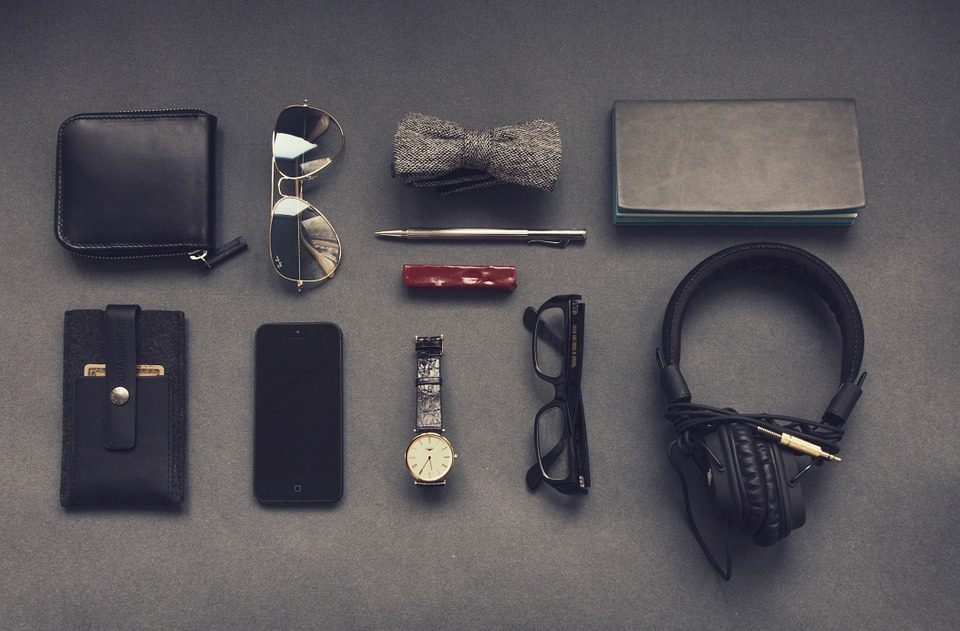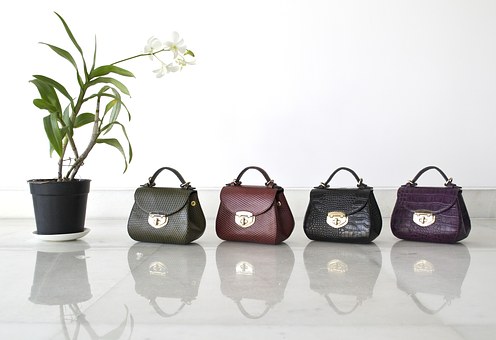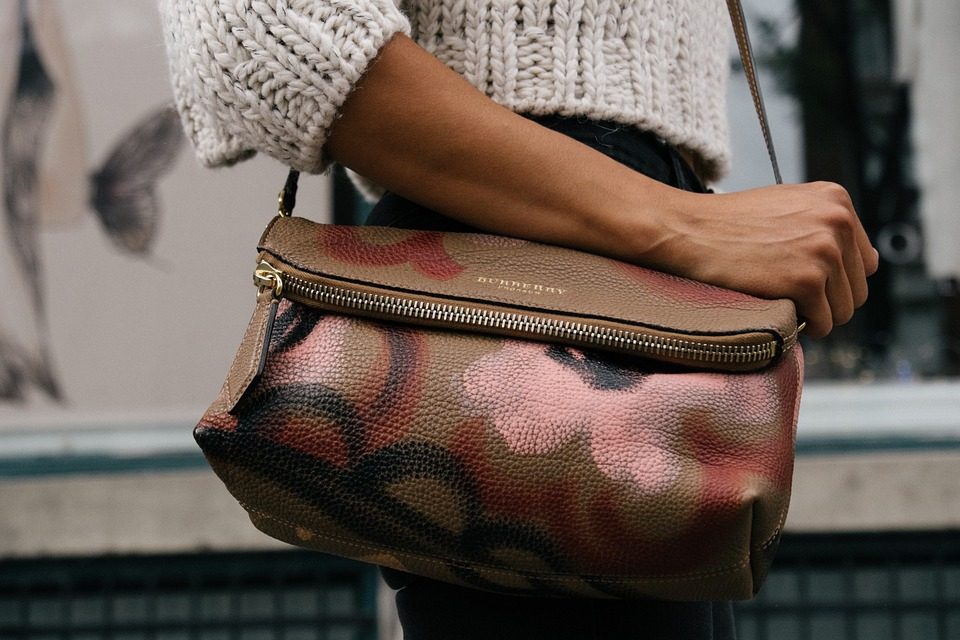Laser marking is one of the many applications of CO2 lasers. In this application, the energy emitted by the laser beam is used to mark the surface of a given fabric or material. During the last years, laser marking has proven to be a very efficient and useful tool for manufacturing applications, especially in the field of fashion and fabric decoration.
The variety of materials that can be marked with the CO2 laser is very wide and includes both natural as well as synthetic materials and metals. This technique find its natural use on products such as wood, paper, cardboard, rubber, plastic, etc. Materials of this type are extremely suitable for being marked with CO2 lasers.
Thanks to this feature, CO2 lasers are also ideal for other industrial sectors such as fashion, that make extensive use of organic materials such as natural fibers or leather. From this point of view, laser marking has proven to be an efficient and powerful tool for the finishing of clothing and textile products in general. In particular, the decoration of leather is one of the applications in this area that have most benefited from the introduction of the CO2 laser as a production and finishing tool.
Traditionally, leather processing uses hand tools, leather chemistry, like leather pigments or leather softeners, or even heat to decorate or cut this material. This type of work certainly has a strong artisan character. This kind of production, however, does not lend itself well to the quantities required by a mass market. Leather is a difficult material to produce industrially while maintaining high quality levels. However, the introduction of CO2 laser marking has changed the situation. Thanks to this tool, it is in fact possible to obtain high quality results in leather processing even on industrial applications. Laser marking produces a permanent result, perfectly defined and very accurate. The signs produced are very resistant, do not wear out with use, and do not fade due to exposure to a light source. Thanks to this technique, our leather products can now be even more charming.




